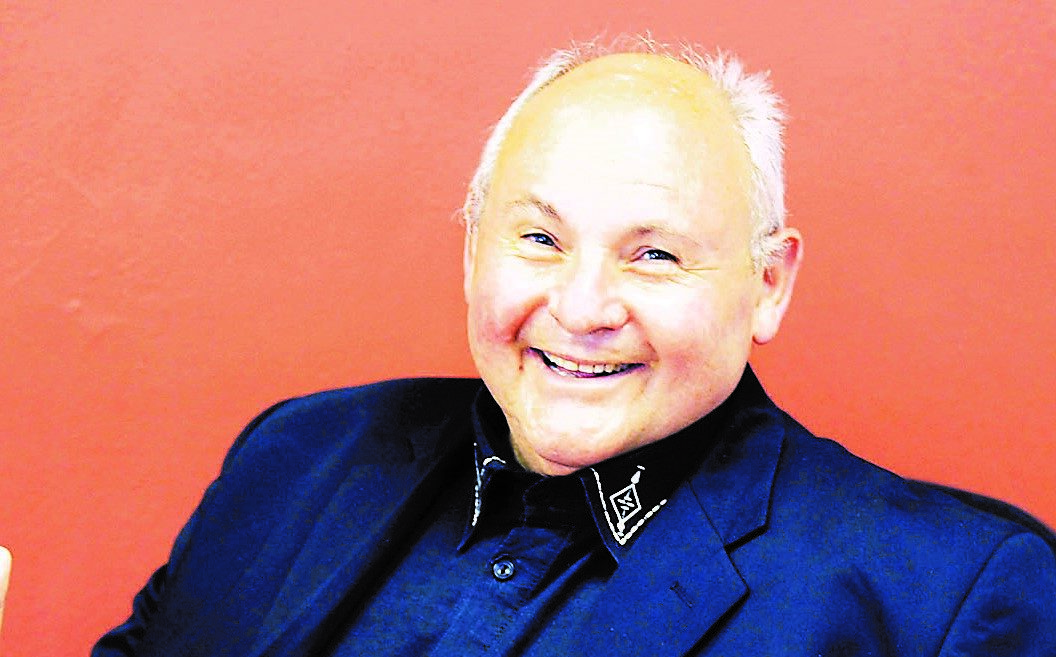
OpEds

Parliament’s destruction will be felt for at least a decade
On 2 January this year at approximately 06:00, a fire broke out in Parliament. This tragic fire follows hot on the heels of a fire that broke out in Parliament in March 2021.
Subsequent to the March fire, a substantial report was commissioned and filed outlining numerous faults with the building and systems. The minister in charge, Minister Patricia de Lille, has held onto the report for more than eight months, and it appears nothing was done.
It’s now common knowledge that the following systems weren’t working in both instances of fire outbreak: alarms were inactive; the sprinkler system was faulty; fire doors weren’t closed; electrical systems hadn’t been maintained; and staff weren’t alerted.
The first fire was contained, but the second one has virtually destroyed most of the campus. We are told that Parliament is self-insured, and the costs for the buildings and contents could be anything up to R2 billion if not more.
I was privileged to be appointed as a member of our South African Parliament about seven years ago. I have occupied a seat since then in the House of Assembly, and have an office in the Marks Building on the parliamentary campus.
I understand that our Parliament isn’t bricks and mortar, but it must be remembered that the national legislature consists of two houses, the National Assembly and the National Council of Provinces, whose members are elected by the people of South Africa. The historical buildings are, indeed, grand.
The building housing the National Council of Provinces stands alongside the avenue at the top of Adderley Street and housed the Assembly of the Cape Colony. It was completed in 1885 after 10 years of building.
This building was used from 1885 to 1910 for the two houses of the Cape Parliament. This building with all its contents is unfortunately severely damaged, water-logged, and smoke damaged. With the establishment of the Union of South Africa in 1910, the Cape Parliament ceased to exist and the original building was used for the Senate and the building now known as the Old Assembly housed the National Assembly.
In 1997, the current Constitution of South Africa came into force in which the Senate was replaced by a 90-member National Council of Provinces, and the new building housed the National Assembly of 400 members.
All three buildings were interlinked with fire doors between them. All three buildings were very different from each other, and all housed administrative staff working throughout the year.
These buildings represent the different stages of South Africa’s history, and the majority of the staff and members of Parliament treated these buildings and its contents with enormous respect and understanding. The fire has damaged most of this history.
When I first moved into my office at No 20 Marks Building on the parliamentary campus, I was extremely lucky to have an office that faced the front door of the original building, which was initially designed by Charles Freeman and was completed in 1885 with a cost of £220 000. I could feel the full impact of history when I looked out of my window facing the steps of the noble building.
The first thing I wanted to do when I moved into the office was to fix my mezuzah to my office door. Understanding some of the protocols of our Parliament, I wrote to the administration seeking permission to affix the mezuzah. After many discussions and rather convoluted explanations, permission was granted.
I asked my stepson, Eitan Kagan, to fly down to Cape Town and to gather with family and friends to bless the office and the building. Unfortunately, this mezuzah was stolen two weeks later, and I immediately presumed that an antisemite was at work in the building.
At the time, it hadn’t occurred to me that someone might have stolen the mezuzah for the sterling silver casing. The affixing of the new mezuzah took place a few days later, but this time in a see-through plastic holder, which still stands intact to this day.
Remarkably, the Marks Building is one of those buildings that hasn’t been affected by the fire. During my first five years in Parliament, prior to COVID-19, I received groups of visitors and many expats who wanted to go on tours of the parliamentary precinct. I received literally hundreds of Jewish visitors to Cape Town who wanted to see and hear about the houses of Parliament.
I was able to take visitors throughout the precinct to view the architecture, contents, and hear about the history. On a few occasions, I did think that these tours were time consuming but thankfully, I never cancelled one of them.
I was able to give these visitors an insight into our history, which might never be able to take place again. The antiques, Persian carpets, memorabilia, and original paintings throughout the complex are completely irreplaceable. Each piece had its own history, which will probably never be told again.
On one particularly memorable occasion, I was approached by the chairperson of the Greek community of Cape Town to arrange for an evening in the Old Assembly with representatives of the Jewish community of Cape Town.
The planning for this event took almost six months, but it was certainly worth it. Both communities gathered in the Old Assembly one evening in Parliament, with about 200 people from each community.
Representatives from both communities came with messages of goodwill and unity between our two communities, and the setting couldn’t have been better. Similar events were being planned for the future in the same venue. Discussions had started between the Jewish community and the Portuguese community of Cape Town, but COVID-19 had put this on hold.
The fire has now destroyed any chance of such a meeting taking place in the Old Assembly with its grandiose benches and setting. Sadly, we will now have to explore other venues.
The fire has disrupted literally hundreds of staff members of our Parliament who are the backbone to the legislature. Although members of Parliament had been meeting virtually during lockdown, the effect of the destruction of the offices will be felt for at least a decade.
Law making is a complex process, and is notoriously slow. The fire will retard this process even more. The country can ill afford this tragic event.
My colleagues in the Democratic Alliance are all shocked and still trying to internalise what has happened. I sincerely believe that the majority of MPs have had a similar reaction.
The messages I’ve received from around the world have expressed shock and sympathy. The message that must be sent to the government and administration is that we cannot allow our infrastructure to be so neglected.
We’re all aware that literally hundreds of government installations haven’t been maintained for two decades. It’s now the duty of the opposition to ensure that we have every responsibility of oversight of all the country’s assets.
Our work has already begun in earnest.
- Michael Bagraim is a Member of Parliament for the Democratic Alliance and deputy shadow minister for employment and labour.










